PROTECT YOUR DNA WITH QUANTUM TECHNOLOGY
Orgo-Life the new way to the future Advertising by AdpathwayBackyard landscaping doesn’t have to be boring and bland! You can quickly convert an empty backyard into a site for hosting, gardening, or relaxing. Whether you like to host parties or meditation circles, you’ll create the oasis of your dreams with little time or effort.
Lawns are easy to add charm to, as they act like blank canvases. You can add pathways in them, convert them to meadows, or add plants around them. The possibilities are endless. Some of these changes make large impacts immediately, while others are more gradual in shifting the designs.
Here are 11 unique ideas to upgrade your backyard landscaping!
Precious Pollinators Seed Shaker
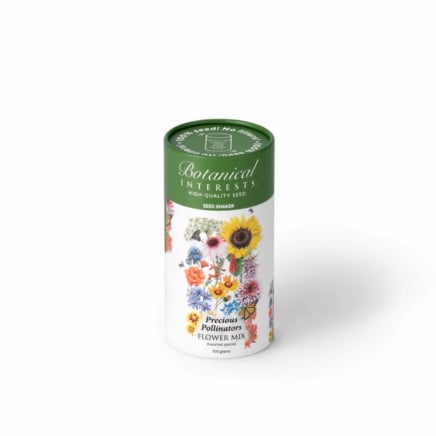
Precious Pollinators Flower Seed Shaker
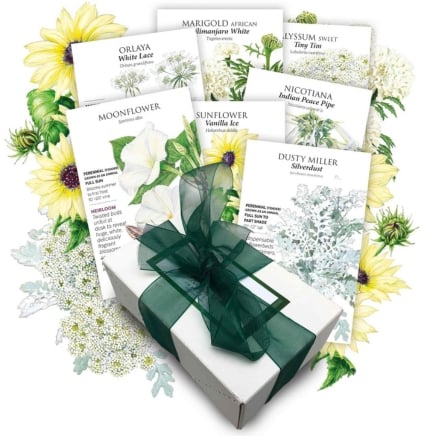
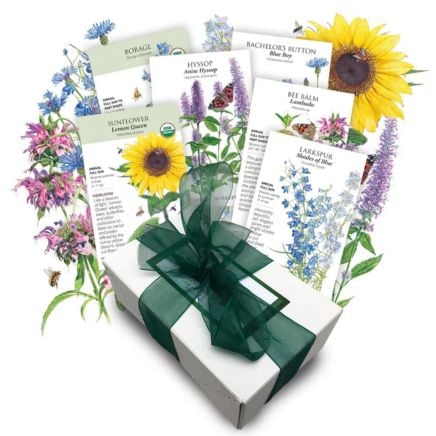
11 Simple Ways to Upgrade Your Backyard Landscaping
No matter where you live, whether it’s Maine, Washington, or the states in between, these 11 methods are indispensable for DIY gardeners. They’ll help convert your backyard into your dream yard without lots of money and labor.
Make a Meadow
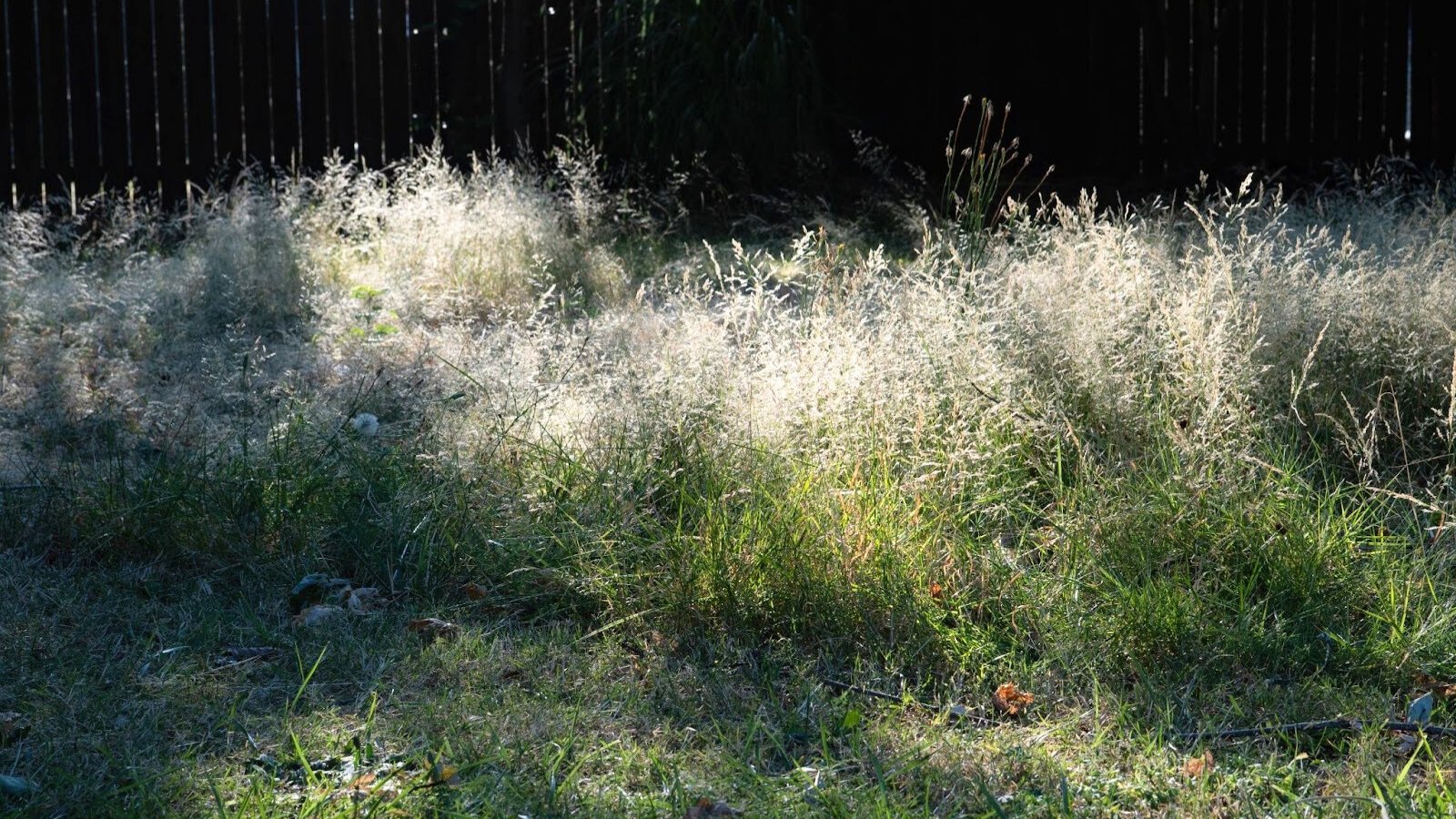 Skipping one mow can start a whole new meadow.
Skipping one mow can start a whole new meadow.Lawns are easy to convert into meadows, as they’re cut versions of them! A meadow consists of wildflowers, grasses, and perennials that reach impressive heights. When allowed to grow, they form seed pods and flowers that dance in the wind.
To make a meadow in the backyard, simply stop mowing the part of the lawn you want to convert. Let the grasses grow, and consider replacing some of them with native wildflowers and perennials. You may leave pockets of the grasses to maintain a natural effect, as meadows have tons of wild grasses.
If you want to start over without the lawn grasses, you’ll want to source some tape-free and non-glossy cardboard. Cardboard works to snuff out the grasses; it decays into crumbly soil that the new plants will appreciate. Lay the cardboard where you want to snuff the lawn and place a two to three-inch-thick layer of soil or compost on top. Then, plant the new wildflowers in the soil on top and water them well.
Line Pathways
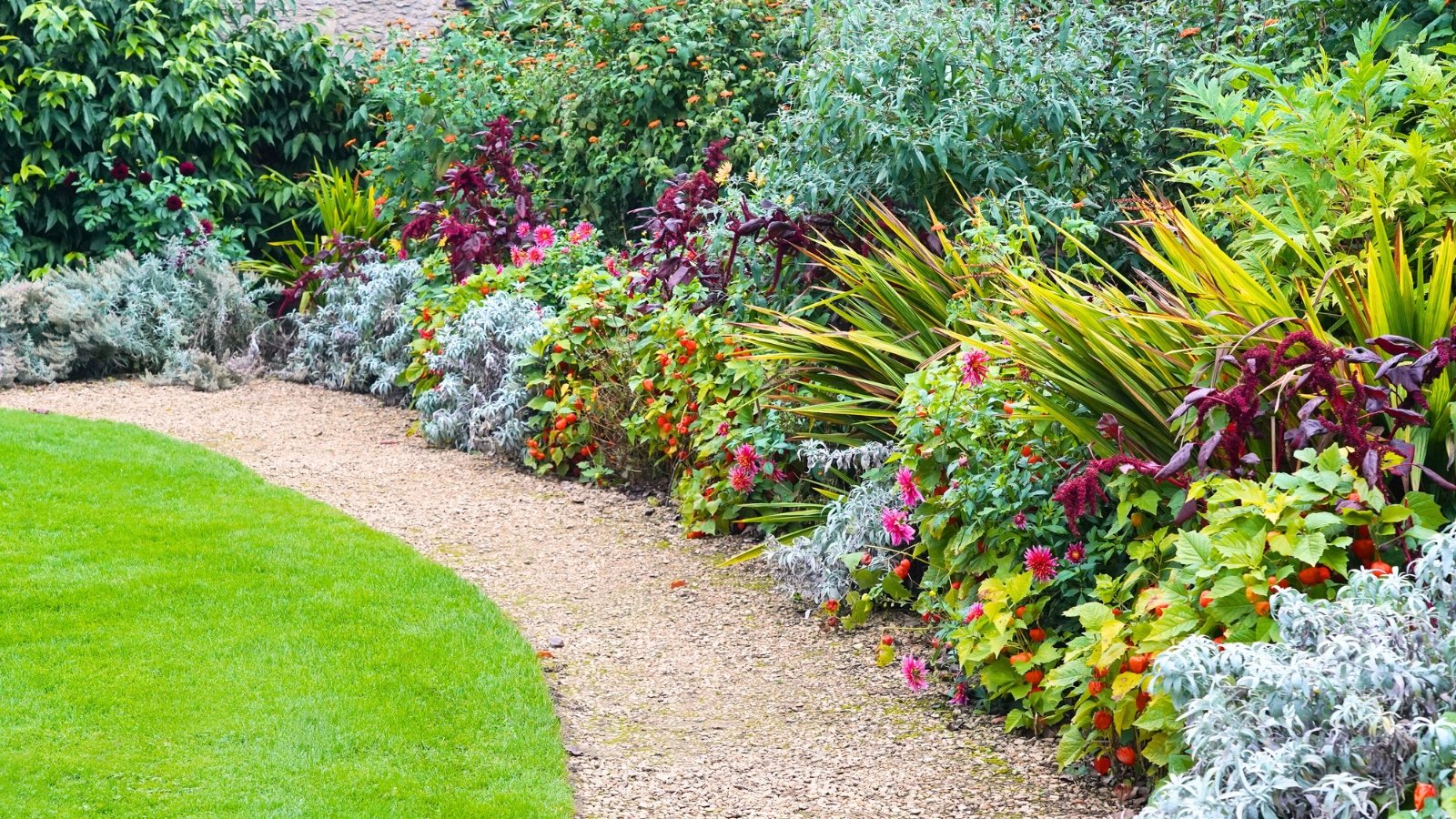 Curvy walkways bring a soft, playful touch to meadows.
Curvy walkways bring a soft, playful touch to meadows.In your meadows, lawns, or between your raised beds, you use walkways to traverse the yard. These pathways are perfect for doing up, as they run throughout the garden and can have a dramatic effect on the space.
One way to upgrade them is with fresh mulch, like wood chips, fibers, and straw. Add a thick layer on the walkways in spring or fall. The fresh color will brighten the yard, and the pathways will give it structure and dimension.
To make a pathway through a meadow, mow the grass where you want the walkway. In this way, you can let portions of the lawn grow into meadows and create straight or curved lines in them with the grass pathways. Make straight paths in formal backyards and curvy ones in wild yards.
If the paths have planting space next to them, you may fill them with bulbs, wildflower seeds, and flowering perennials for a dramatic effect. Some hardy options include daffodils, California poppies, and snapdragons.
Lay Down a Rug
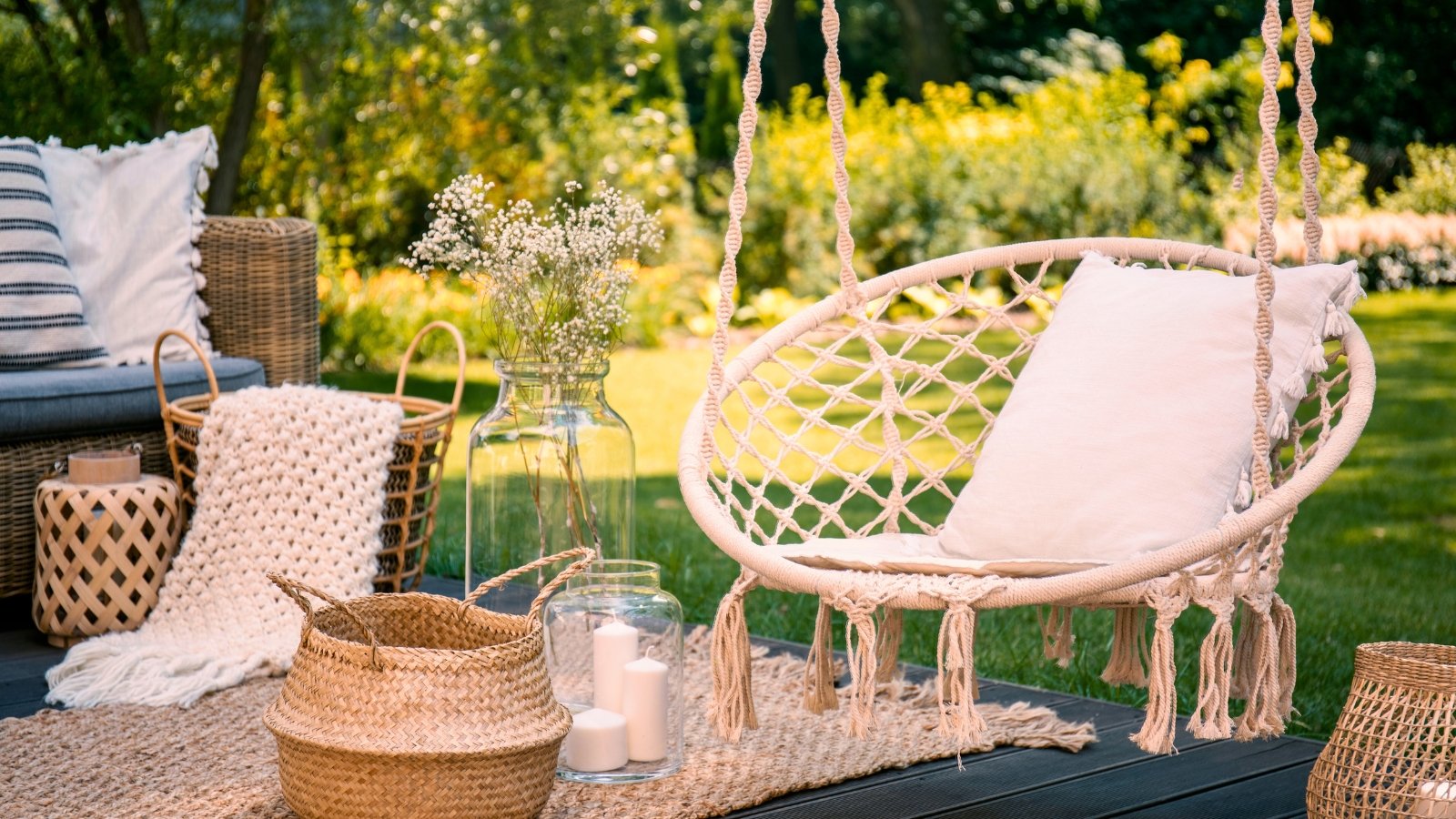 Clear and level the ground before laying down rugs.
Clear and level the ground before laying down rugs.A rug, carpet, or old blanket can create a picnic-like space in the backyard. This is perfect for hosters who love to have guests over—put chairs, lounge furniture, and tables on the rug for further improvement.
Before putting the rug down, first level out the site to ensure safe footing. Mow the lawn, remove twigs, and flatten mounds of dirt. In windy sites, you may want to pin the corners down with stakes or long nails to prevent them from flapping.
Rugs and mats are also ideal for backyards with lots of concrete. If you’ve walked barefoot on hot concrete in the summertime, you know how it scalds and burns the soles of your feet! Mats prevent this from happening, as they block some heat from reaching the concrete underneath.
Growers in regions with snowy or wet winters may want to remove these mats in the winter to keep them from breaking down. Constant freezing and thawing, alongside extreme weather, can shorten the mats’ lifespans. Keep them dry in a shed or indoor storeroom.
Plant More Plants
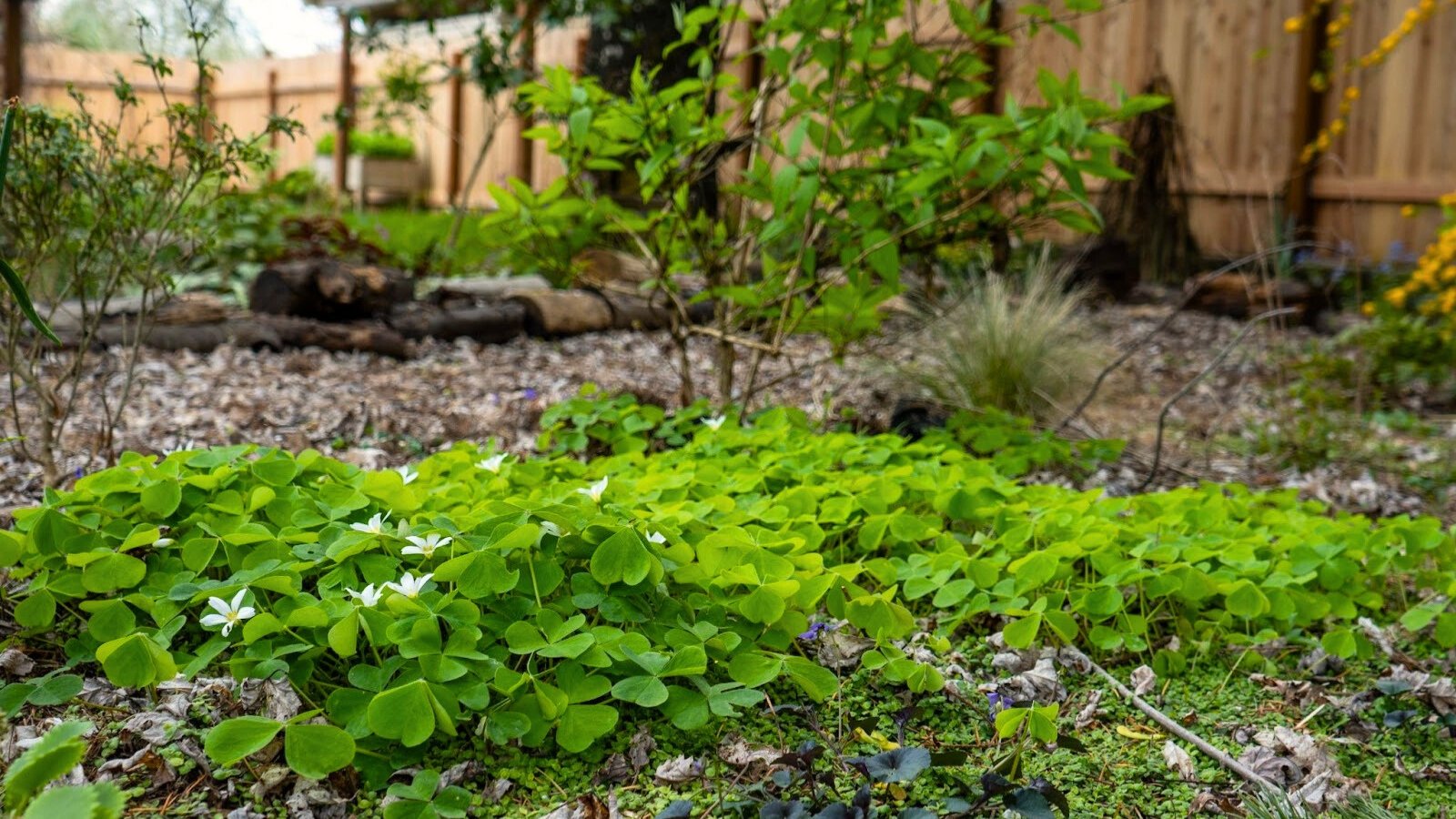 Starting with seeds means growing more without spending much.
Starting with seeds means growing more without spending much.New plants are my favorite way of adding dimension and structure to upgrade backyard landscaping. There are limitless possibilities, with trees, shrubs, perennials, bulbs, annuals, and cacti at your disposal! Plant a tree in the center of your yard with perennials underneath, or form a living hedge with boxwood, laurel, or arborvitae.
Seeds are cheaper than potted plants, meaning you’ll save more if you use seeds rather than transplants. Some wildflower mixes are available with multiple species, and online retailers often offer large packets for big plantings.
Once you have a few plants, you can propagate them to make more, free ones. Many perennials propagate through divisions, cuttings, and seeds, giving you multiple ways to expand your planting supply.
Use Elegant Containers
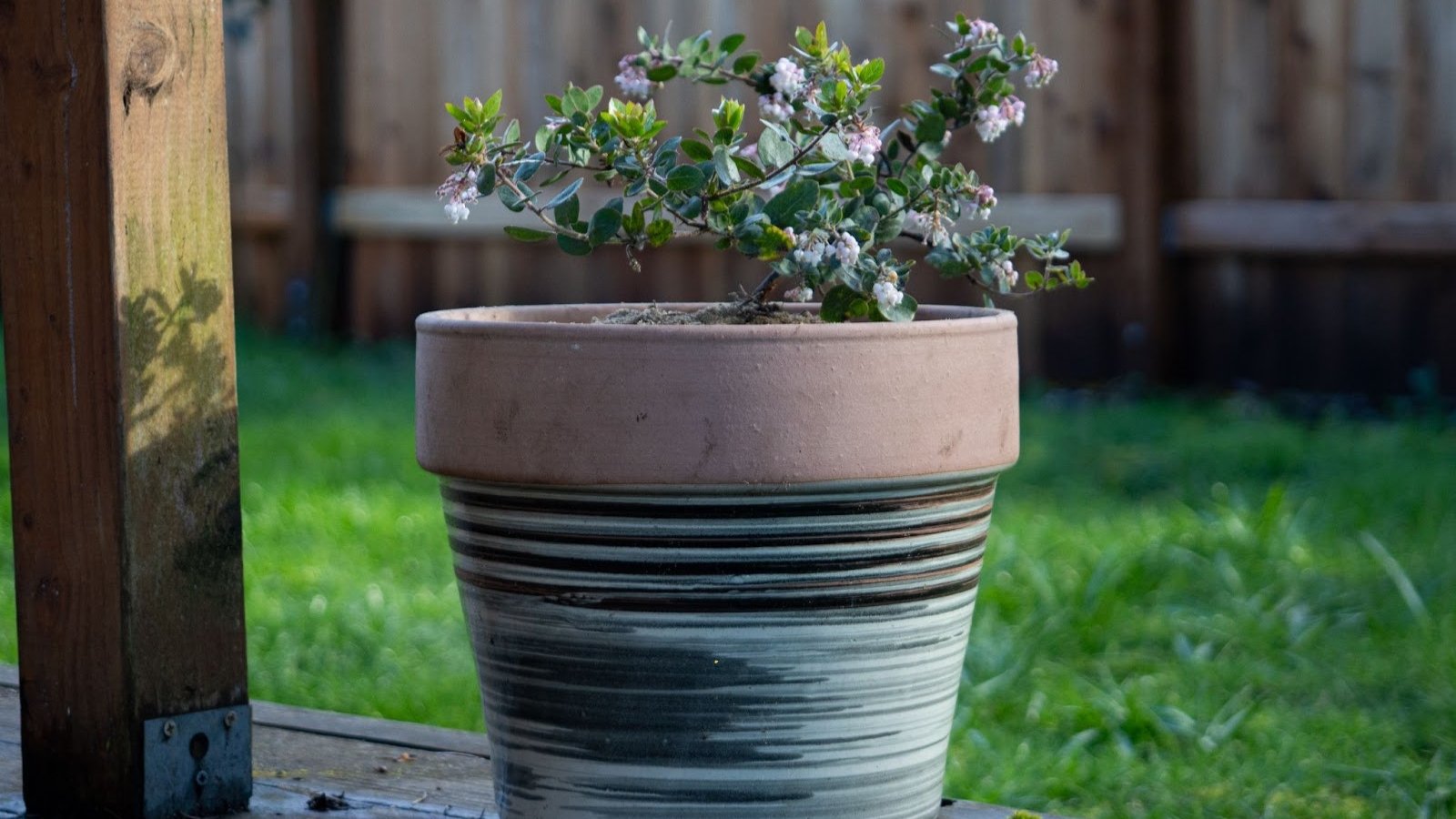 Containers let colors pop without needing a full garden.
Containers let colors pop without needing a full garden.Whether you have a balcony or an acre’s worth of backyard, containers are an easy way to add height, color, and texture to your garden. Clay, ceramic, and concrete pots are often ornate and beautiful with elegant designs. Both the pots and the plants inside them work to upgrade the surrounding landscape.
Plastic pots are cheaper than clay and ceramic ones, though they tend to last a few years before chipping and breaking apart. They’re perfect for immediate effect. You may add them this season, then slowly replace them with longer-lasting containers each year. This is better for your budget than buying dozens of clay pots simultaneously!
Fill the containers with a thriller, filler, and spiller. The thriller is the tallest plant, whether it be a tall grass, shrub, or dwarf tree. The fillers fill the surrounding spots in the soil—think short perennials and mounding annuals. Spillers grow on the margins, spilling out over the edges as the growing season progresses.
String Up Twinkle Lights
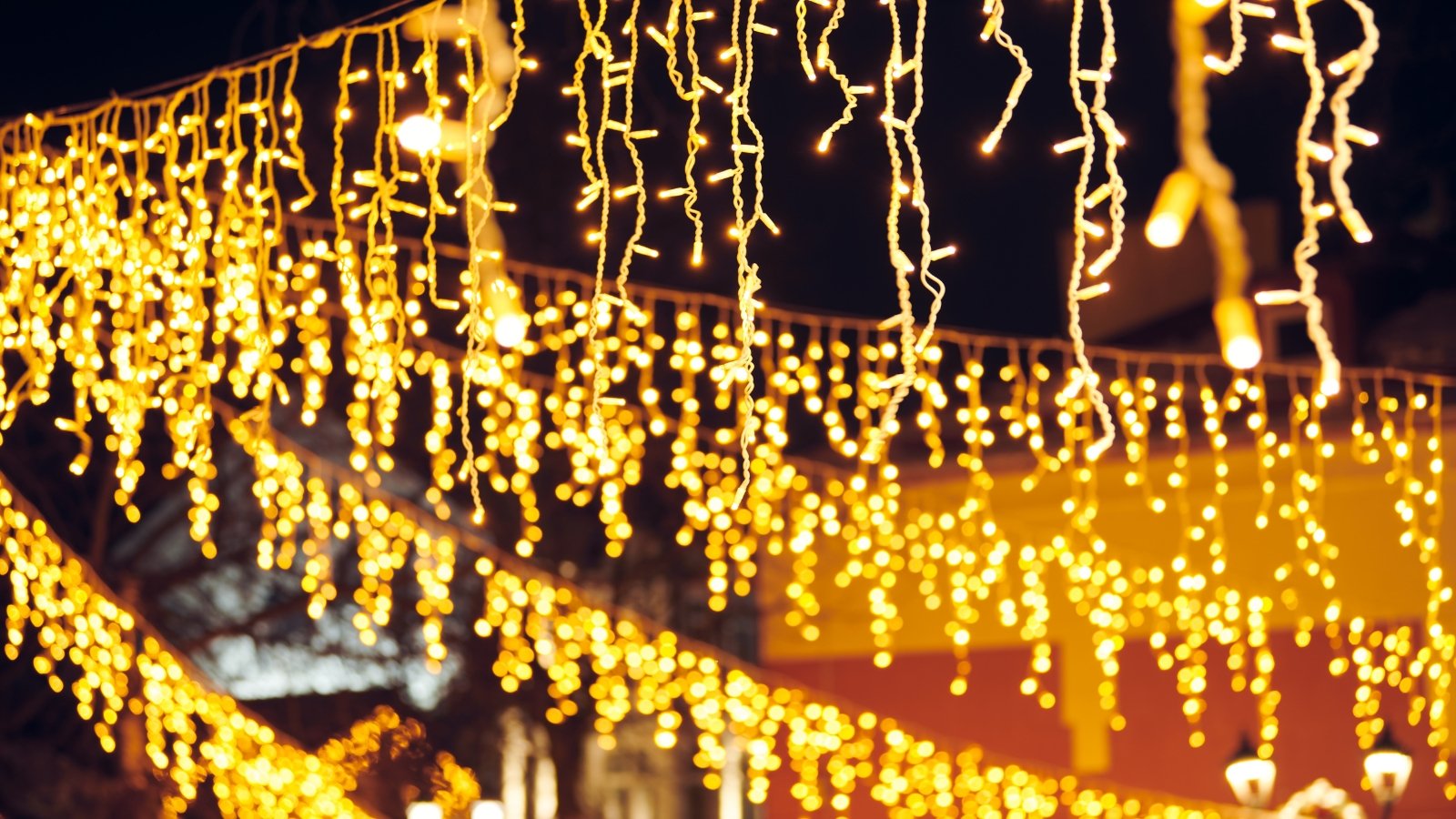 Twinkle lights bring magic to any evening outside.
Twinkle lights bring magic to any evening outside.Twinkle lights are cheaper nowadays than they used to be! These simple lighting solutions add a fairytale-like charm to the nighttime garden. LED string lights are easily hangable from wood beams, nails, and hooks.
Outdoors, it’s important to use weather-proof lights to avoid shocks or unnecessary hazards. Some lights work well in the summer but can’t survive freezing temperatures. Look at the package the lights come in to see if they’re safe for outdoor use.
I prefer warm lighting for outdoor sitting areas and backyard gardens, though there are many color options to choose from. Some are programmable, allowing you to shift the color of the lights as you see fit.
Add a Water Feature
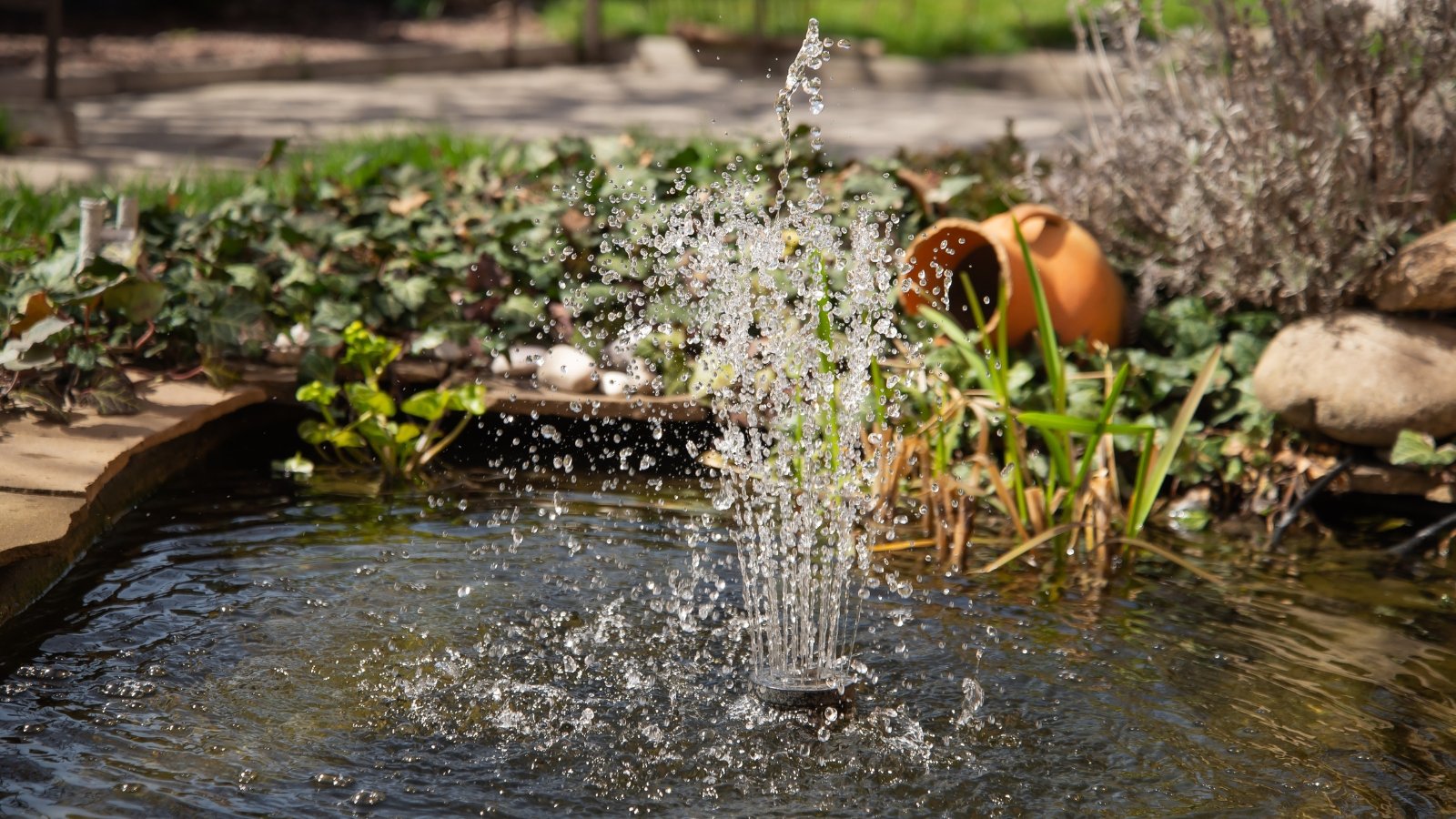 Even basic fountains bring relaxing sounds right to you.
Even basic fountains bring relaxing sounds right to you.There’s nothing quite like the sound of trickling water in the summertime. Listening to a rushing river, the ocean’s crashing roar, or the short waves lapping up a lake are all calming sounds we love to hear. A water fountain mimics these sounds to upgrade your quiet backyard into a peaceful symphony through your landscape.
Some features are expensive, as they have elegant frills and ornate designs. Others are easy to set up! All you need is a water tube, a small pump, and a water basin. Set the pump in the basin, fill it with water, then connect the tube to the pump. The pump pushes water through the tube, causing fountains, ponds, and creeks to come alive.
Install an Arbor or Trellis
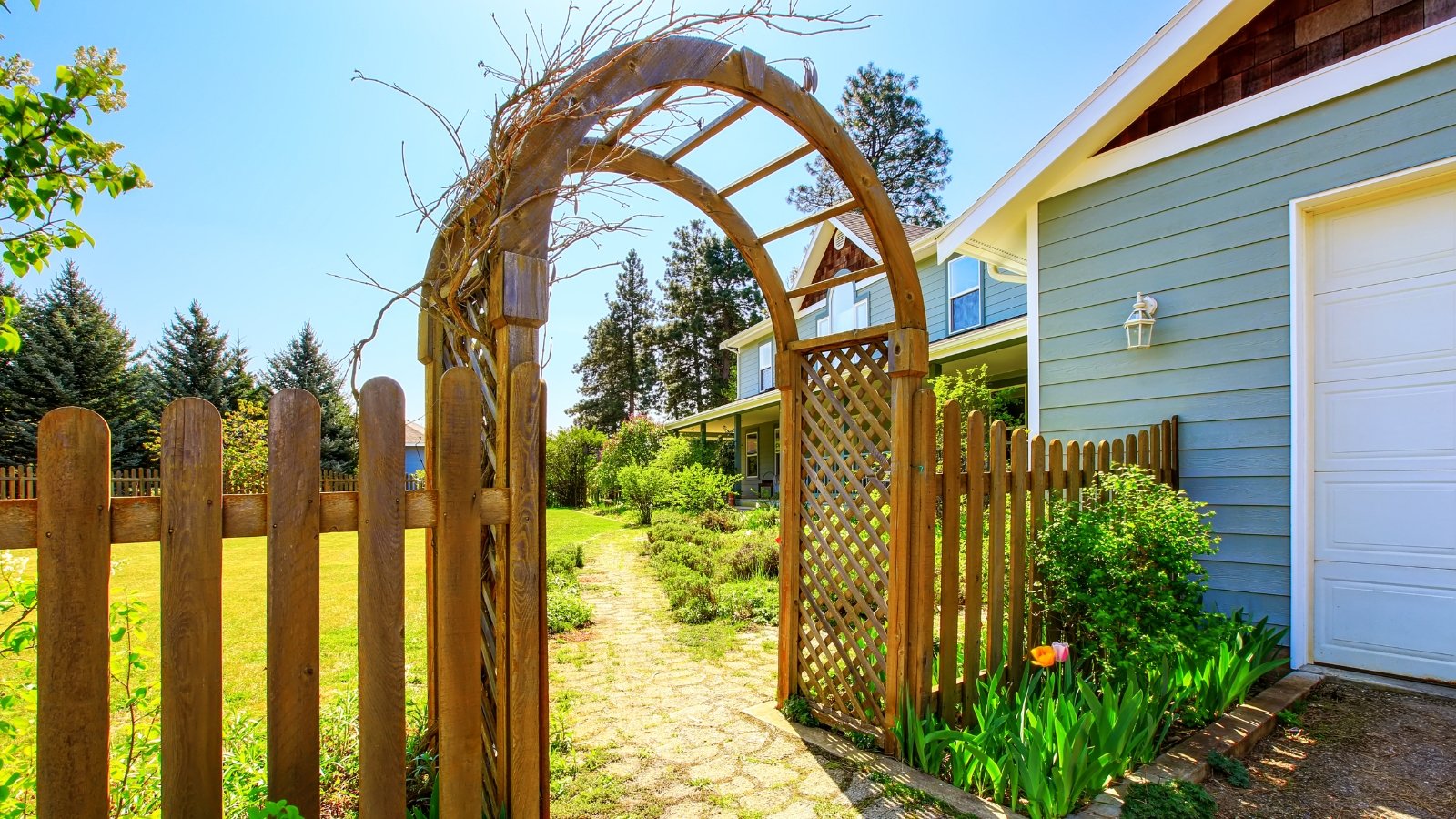 Secure arbors well to keep your garden safe and pretty.
Secure arbors well to keep your garden safe and pretty.Aside from tall plants and containers, trellises and arbors are other great tools for creating dimension and height in your backyard. Vines, climbing roses, and upright twiners grow up them and fill the area with blooms, seed pods, and decorative foliage.
Some arbors require little installation work, while others benefit from reinforcing bolts or nails to anchor them to the ground. Ensure it’s completely safe before walking under it, as a falling arbor can hurt!
Trellises are easier to set up, as all you have to do is stake them in the ground. They’re perfect for espalier fruit trees, short-growing vines, and twining perennials.
Create a Rock Garden
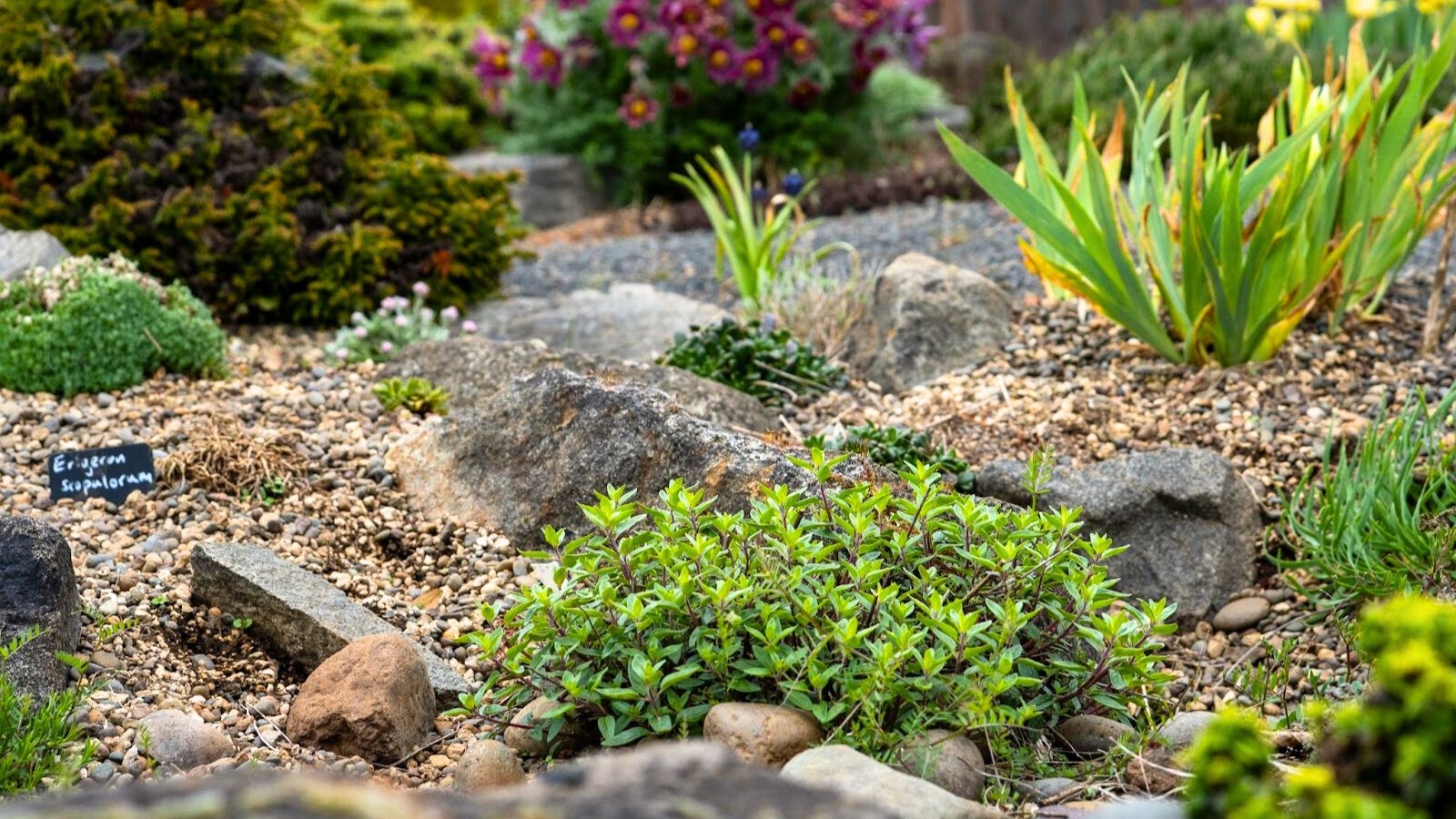 Tough plants thrive beautifully between rocks and sun-soaked gravel.
Tough plants thrive beautifully between rocks and sun-soaked gravel.Rock gardens are ideal for drought-tolerant, sun-loving plants. The planting environment mimics alpine ones with extreme temperatures and weather conditions. Simply add gravel onto the dirt, place big boulders at random, and plant hardy plants in between them.
Backyard rock gardens need extra watering during their first two years, though they’re drought-tolerant after establishing themselves. Use hardy, evergreen perennials for the best results, and avoid planting invasive species or water-loving plants.
Implement Outdoor Mirrors
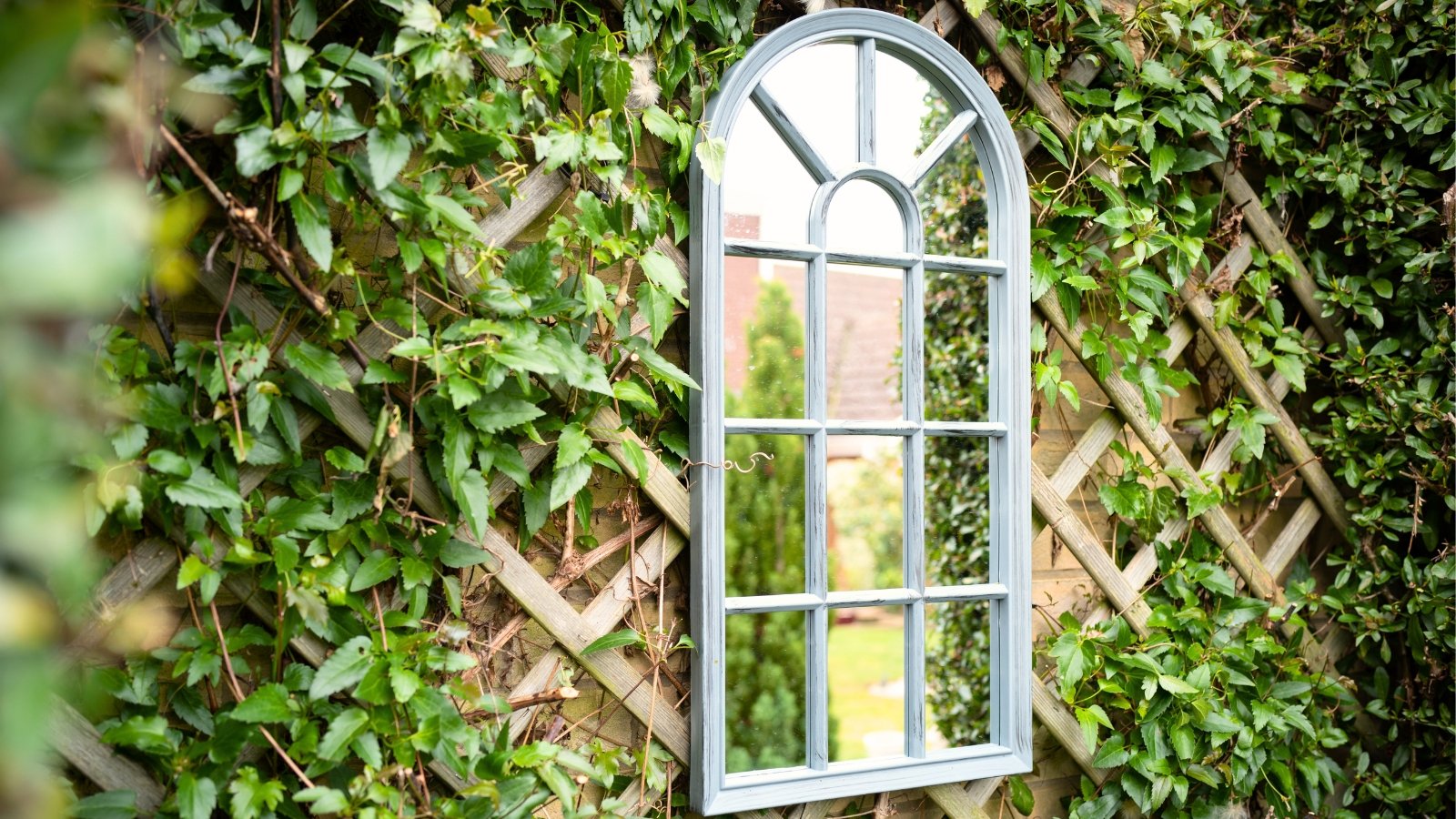 Outdoor mirrors create little magic with light and space.
Outdoor mirrors create little magic with light and space.I never understood the allure of an outdoor mirror until I added one to my garden. The results were tremendous! Immediately, it seemed as if the backyard landscape was upgraded, larger, and more spacious than before. A single mirror can do the trick, or add as many as you’d like that can fit in the yard.
Mirrors are also helpful gardening tools, as they reflect sunlight onto backyard areas that otherwise wouldn’t receive it. Direct the sunlight towards light-starved plants, or cast sun rays onto a shady site to convert it into a sunny one.
Some mirrors may not last through the winter, as the extreme frosts cause them to crack or splinter. Move them indoors during the cold months to prevent them from cracking.
Mulch Bare Soil
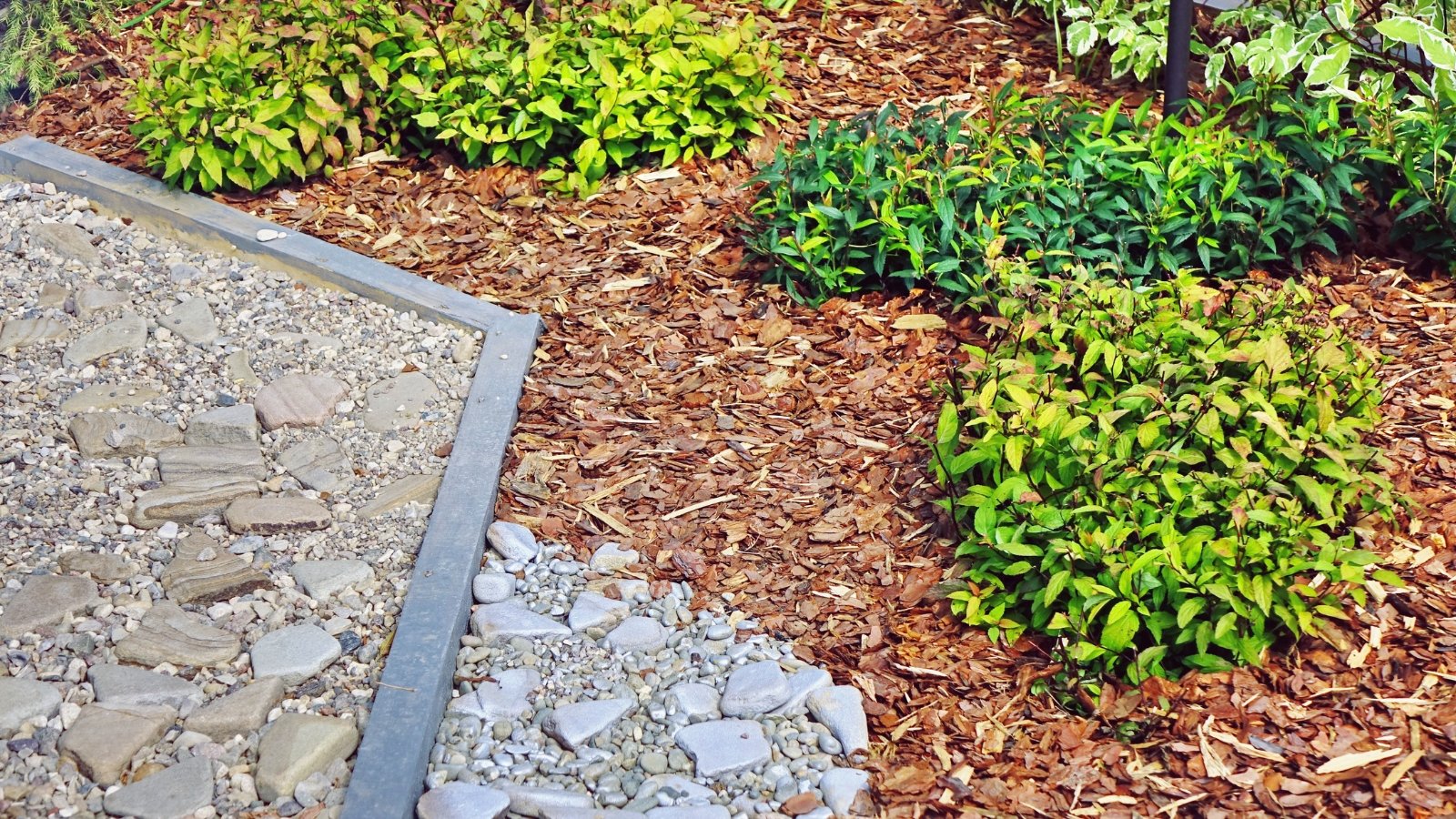 Straw or wood chips make soil happy and healthy.
Straw or wood chips make soil happy and healthy.Bare soil is ugly! It’s also bad for the backyard. Bare soil allows moisture to evaporate freely, causing bone-dry conditions in the summer. It leaves plant roots subject to pests, diseases, and withering. It also exposes worms and beneficial soil critters to predators.
Rather than suffering the effects of bare soil, add an organic mulch annually to bare beds. The mulch will decay over time, creating soft, porous, and fertile soil. It’ll protect beneficial soil creatures and conserve moisture in the soil for thirsty plant roots.
Compost is a free mulch you can make yourself! All you need are carbon-rich and nitrogen-rich debris, a pitchfork, and a water source. Other beneficial mulches include straw, leaf mold, wood chips, and grass clippings.
Key Takeaways
- No matter if you have $0, $100, or $10,000, you can upgrade the backyard.
- Start with small improvements over time if you’re on a budget. Many small changes make big impacts.
- The first place to start is the lawn. Convert a boring, flat square into a meadow, pollinator garden, or fruit tree orchard.
- Twinkle lights, rugs, and mirrors are cheap objects that add immediate charm to your home. Implement them in the backyard for a picturesque effect.
- Pathways degrade over time. Line their edges with new annuals, and blanket them with fresh mulch to brighten the yard.
Frequently Asked Questions
It depends! Seeds are cheap, while potted trees can easily run from $50 to $500, depending on their size. Volunteer gardens, wholesale nurseries, and friendly gardening neighbors are great places to start to save a dime. Volunteer gardens sometimes offer free compost or leaf mold in exchange for volunteer hours.
The rule of three is a classic concept that crosses various fields. It works in landscaping, writing, and art, among other fields. In landscaping, the rule of three means you should use multiples of three for a more natural presentation, whether you’re adding plants, containers, or structures. Odd numbers mimic natural landscapes, helping you create a random design in a formal backyard.
DIY solutions and free materials are friends of a thrifty landscaper. The least expensive way to landscape is to start with the lawn. Let parts of it grow into a meadow, and mow areas where you want walkways.


 1 month ago
23
1 month ago
23





















 English (US) ·
English (US) ·  French (CA) ·
French (CA) ·